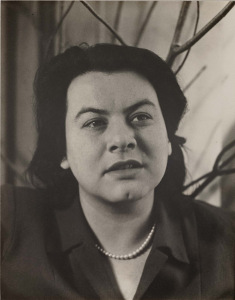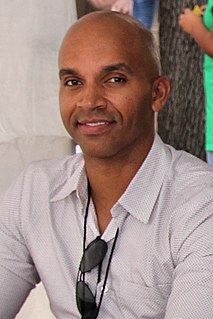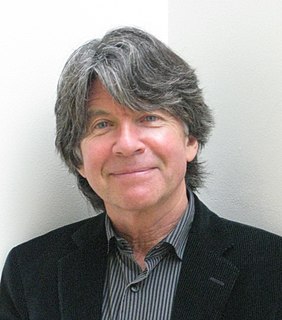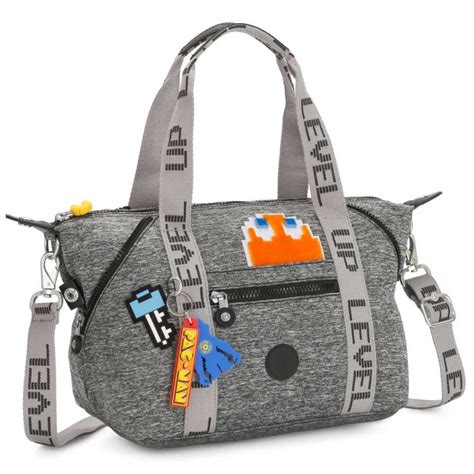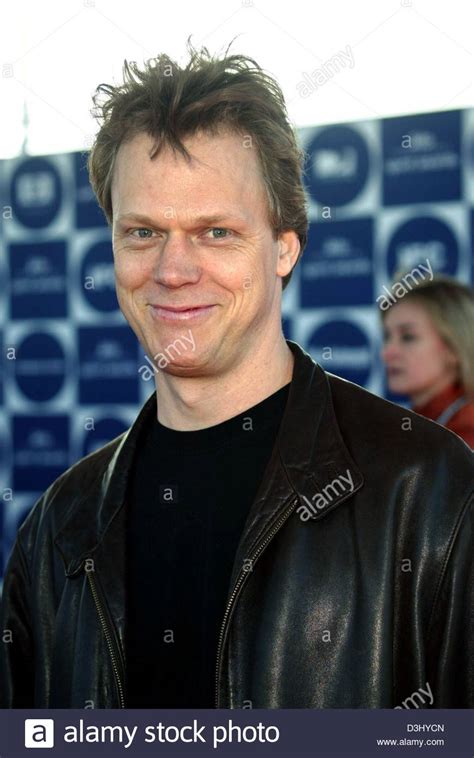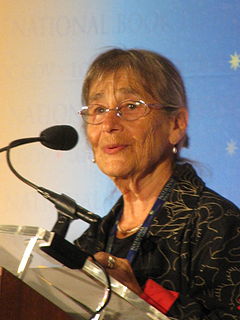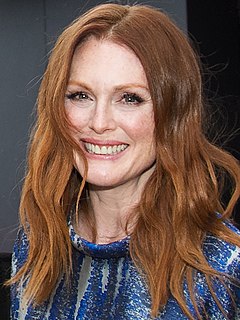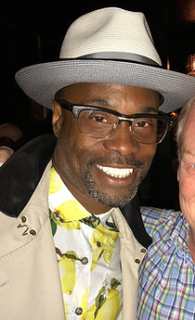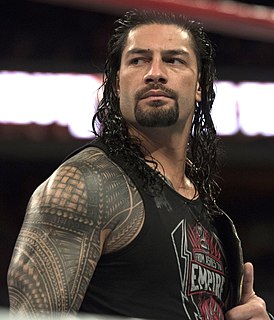A Quote by Shaun Tan
Like all of my previous work - which I also hope is a bit hard to categorise - 'The Oopsatoreum' is an illustrated book, so a combination of words and pictures that tell a kind of story.
Related Quotes
I love the combination of smartness, pain, and what one might call conscious postmodern trashiness in this book: a version of the erotic full of nervous tension which animates the sensuality, and also Zimroth's feeling for words, compressed, ironic, withholding, but also 'asking for it . . . the siege, the thrill, the battle fatigue.' A profoundly urban book, of harsh memory and fantasy, set in harsher reality.
You have to decide what kind of story you're going to tell. For instance I would argue a movie like 'Toy Story 3,' which isn't realistic at all, is really emotional and involving. It just depends. I played this game called 'Superbrothers: Sword & Sworcery EP' for iPad that is totally old school 8-bit, which I found very moving.
I am very excited to work with people who have a strong vision of what they want. They're trying to tell a story, and they want to use me. I'm there to facilitate that. I really like that. I'm like, "Tell me where your frame is. Tell me what you want, what kind of story you want, and I will facilitate it." That's sort of my job, and it makes my work better when I'm working in that kind of a frame, and hopefully it's their work. It's incredibly collaborative, in the sense that you're working toward a common goal.
If you gauge how you're doing on whether somebody is responding vocally or not, you're up a creek. You can't do that; you kind of have to be inside of your work and play the scene. And tell the story every day. Tell the story. Tell the story. Regardless of how people are responding, I'm going to tell the story.
I like CrossFit. I agree with a lot of their coaching tips and the foundation of functional movements and hard work. They embody all that stuff. But I also think there's a bit of a cult following within the CrossFit community, a bit of a fraternity, which obviously creates a bias and a little bit of a tunnel vision.


